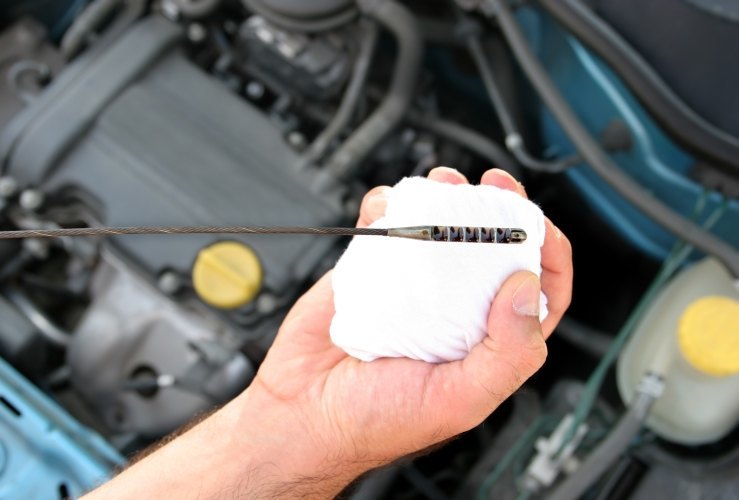When your oil starts to run low, what do you do? It's vital to know what oil you need to replace it when you go shopping for more and how to go about changing it.
Most people are taught to check their oil levels before going on a long journey but not many know about how to go about changing it when the time comes. Nevertheless it is very vital to replenish your oil regularly as this will make sure your car lasts longer and its parts remain properly lubricated.
Get to know about the types of engine oils that are out there, including grade and specification, before you go ahead and buy any.

Check the specification
Nowadays selecting the oil for your car is more complicated than it used to be as emission limits get more severe and manufacturers are designing more complex engines that require different lubricants.
Check the specifications as these are an indicator of how well the oil performs and whether it has passed the most recent tests. Check for Association des Constructeurs Européens d'Automobiles (ACEA) and American Petroleum Institute (API) ratings as all good oils should carry these.
API is the easiest to understand as it is split into two categories; S is for petrol and C is for diesel passenger cars. Aim for a specification that is at least SL or newer if you drive a petrol vehicle; this was introduced in 2001 and ensures the car reaches current emissions standards. Similarly, if you own a diesel car then get at least a CH4 rated oil or newer; this was introduced in 1998.
With ACEA ratings, these are split into A for petrol cars, B for diesel vehicles and C for catalyst compatible or low sulphated ash, phosphorus and sulphur. The best quality oils are A3, B3, A4, B5 and C3.
Looking at your manufacturer's manual, you may find that it calls for OEM Approvals. If this is the case, look out for the relevant codes, such as BMW LL01, VW503.00, MB229.3 and so on.
Check the grade
One of the areas you should look into is the viscosity rating of the oil. The level of viscosity will decide how easy it is for the oil to flow. When you see numbers like 10W-40, this is an indicator of the oil's viscosity.
Most vehicles are designed to run on multi-viscosity oils and the example above is just this. The 10W is a suggestion of how the oil flows during cold weather; W stands for winter. Meanwhile the 40 shows how easy it runs in hot temperatures.
Next to the W, you want the number to be as low as possible as the lower the number the better its performance in cold temperature and the higher the likelihood that your car will be able to start in cold temperatures.
Where the 40 is concerned, the lower the number the thinner the oil at limits of 100 degrees C. You should consult your owner's manual to determine which oil viscosity is best suited to your vehicle.
Do you choose synthetic or not?
There may be a benefit to selecting synthetic oil as some experts say this results in less wear on engine parts and can operate at higher temperatures. It is also claimed that synthetic oil allows for longer periods before you need to change it, however this has yet to be proven.
Do you already know of an oil that works?
Consider the type of oil you have been using so far and if you find that it has kept your vehicle running well then you may not need to switch brands.
If you check your manufacturer's manual you may also find that there is a specific type of oil recommended. Should your car be under warranty, you should use this oil so as not to invalidate your warranty.




